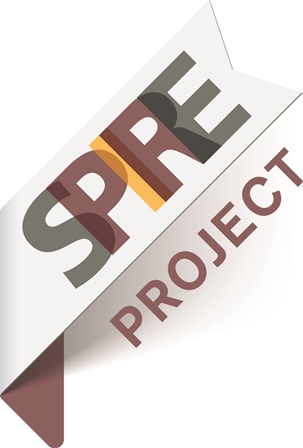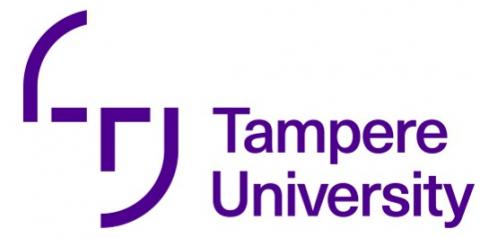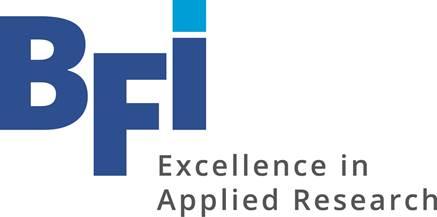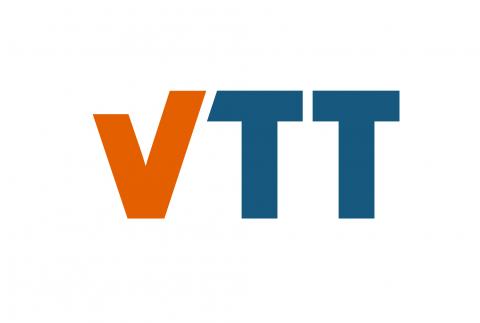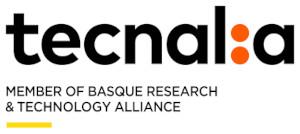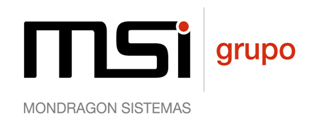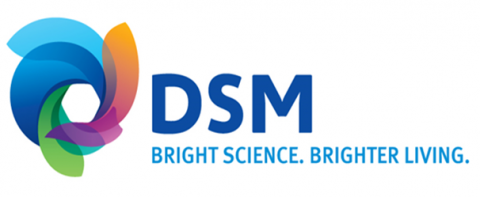Soft sensing: for critical and not on-line available measurements
By Fernando Boto and Zigor Lizuain from TECNALIA (www.tecnalia.com)
In the industrial environment there are processes that must work uninterruptedly and whose operating conditions are complex; in these cases, advanced supervision, control and fault detection systems are required to guarantee correct operation.
One of the main concerns of the industry, both to achieve productivity increases and to minimize the appearance of defects during manufacturing that can cause non-conformity or customer complaints, is to have an online measurement of the quality of the processes and products manufactured.
There are key factors to be considered in this measurement process, a) lack of suitable sensors to work in this environment, or sensors with very high costs, b) certain variables cannot be measured on-line and require laboratory analysis; this causes delays that seriously affect the supervision and control systems. In both situations, and in the best of cases, it is possible to detect a non-conformity and avoid sending it to the customer. But the loss of production time and resources is not.
The Soft sensor, also known as Virtual sensor, provides a robust, reliable and replicable on-line estimate to solve this problem.
A Soft sensor is a mechanism that allows estimating variables from available information, it provides an estimate of a dependent process variable or output (Y), which cannot be measured in line, based on other independent variables or inputs (Xn).
The objective is to use only those sensors that are strictly necessary and to know the value of the dependent variable (Y) in real time; this can help to reduce costs for operation, maintenance and acquisition of high cost sensors.
At a very general level one can distinguish two different classes of Soft Sensors, namely model-driven and data-driven. The model-driven family of Soft Sensors is most commonly based on First Principle Models (FPM) and describe the physical and chemical background of the process, implementing the corresponding analytical equations for each case. The data-driven family are based on the data measured within the processing plants, and thus describe the real process conditions (Kadlec, P., Gabrys, B., & Strandt, S. (2009). Data-driven soft sensors in the process industry. Computers & chemical engineering, 33(4), 795-814).
Data Analytics and, specifically, the application of Machine Learning (ML) techniques is the basic contribution to data-driven Soft-sensing solutions taking advantage of the massive deployment of monitoring platforms. This is due to its ability to model non-linear and multi-parametric relationships based on discrete monitored data.
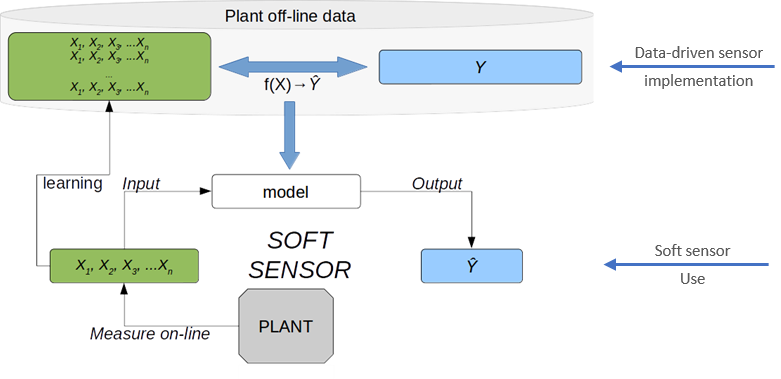
Figure 1. Scheme of the implementation and use of a data-driven Soft sensor. The scheme is also valid for the use of a first principle model Soft sensor implemented with analytic equations that define the process.
Success of the deployment of a Soft sensor goes beyond the application or design of Machine Learning schemes. The development of a Soft sensor involves different types of Data Analytics paradigms such as:
-
Signal processing techniques: to prevent from acquisition inconsistencies due to the precision of the equipment
-
Dimensional reduction techniques: to reduce the inputs or independent variables with less importance for the process or transform this set in another set of variables
-
Treatment of absence of data or incorrect data
-
Detection of novelty or outliers: decide whether an observation belongs to the same distribution or should be considered as different. Often, this ability is used to clean real data sets
-
Dynamic learning methods (sensor drift): due to changes of the process or of some external process conditions, data-based models can loss prediction ability
-
Machine learning schemes: best techniques to control overfitting, e.g. ensemble techniques
The applications of Soft Sensors can be found across many fields of the process industry. The most typical examples are the chemical industry, paper/pulp industry and metal industry. Some success cases of the application of this technology are:
-
Quantification of the quality of the product in the production of casings for the meat industry. According to this prediction, a system has been developed to identify, alert and correct the appearance of this defect.
-
Increase the frequency of information of a quality related variable in a distillation column for a petrochemical plant. In this case, the interest of the company is to optimize resource use by increasing the availability (frequency) of this variable (each minute), currently obtained hourly.
Applications in COCOP are forthcoming with the development of several Soft sensors relative to the steel production pilot case. One first principle model Soft sensor to predict the thermal distribution and shell thickness evolution of a billet in the continuous casting process. And several data-driven Soft sensors to inference or predict other critical variables related to the quality of the whole metallurgy process. After, these Soft sensors will be the basis for the optimization of the process parameters to increase the quality of the steel production.
Follow the discussion in the COCOP Debate Group of Linkedin


